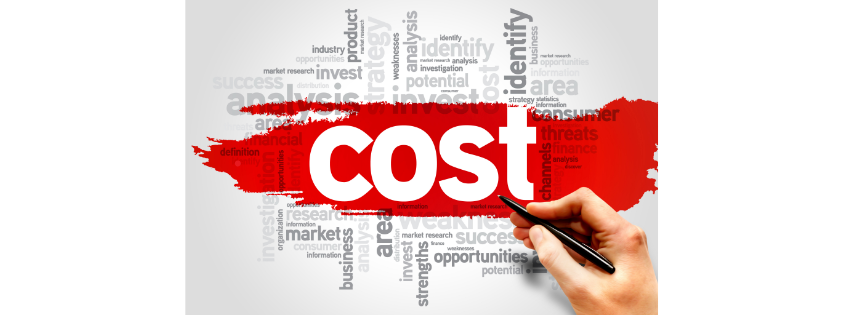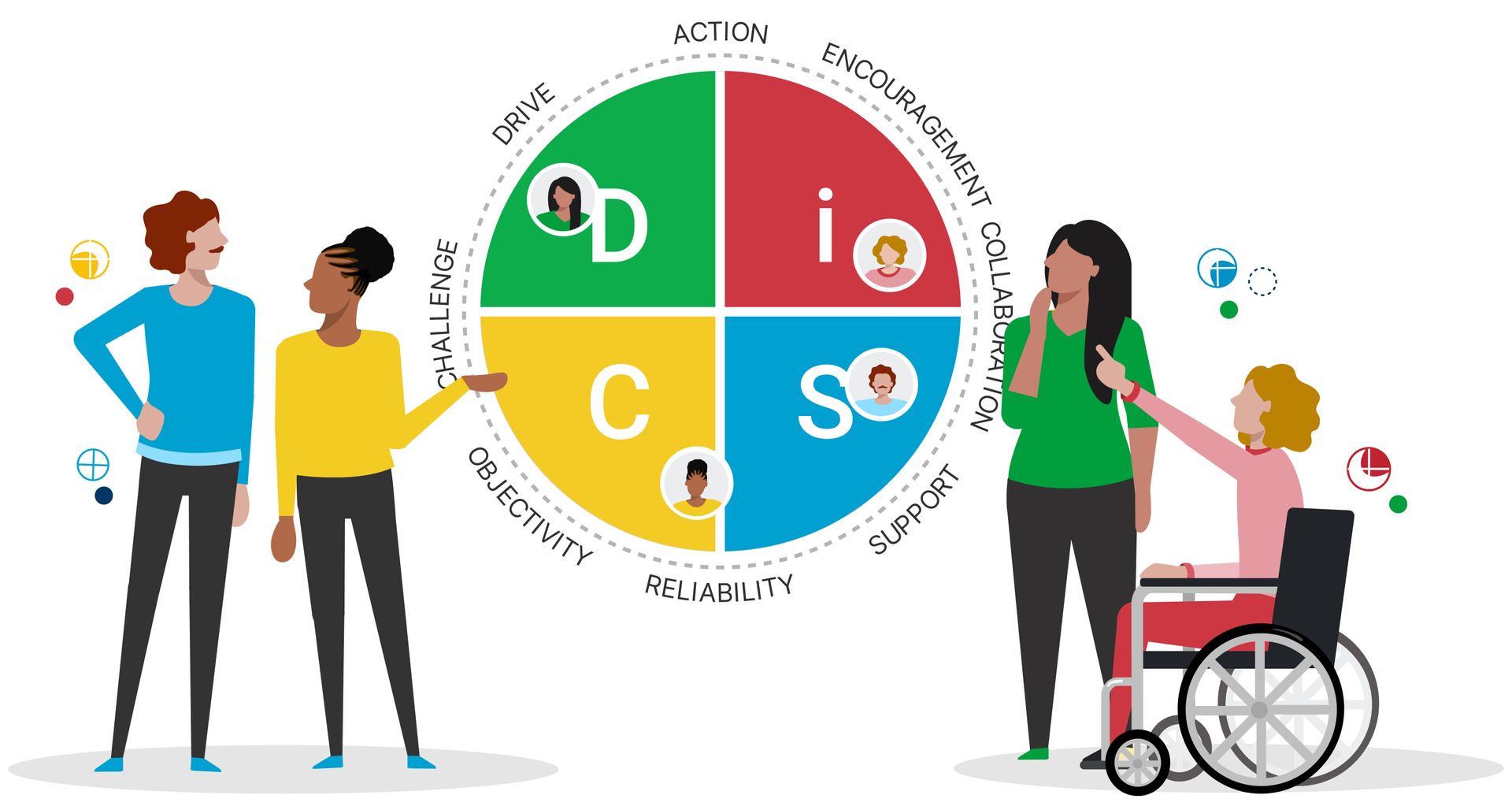By: Melissa Barlock
Key Strategies For Employers
Summer is a busy season for many industries, from retail and hospitality to healthcare and beyond. With increased demand comes the need for additional staff to maintain service levels and meet customer expectations. However, summer staffing can be fraught with challenges that, if not addressed, can lead to inefficiencies, poor customer service, and even legal issues. In this article, we'll explore some common pitfalls in summer staffing and provide practical solutions to help employers navigate this critical period effectively.
1. Failing to Plan Ahead
The Pitfall:
One of the most common mistakes employers make is not planning their summer staffing needs well in advance. Waiting until the last minute to start recruiting can result in a limited pool of candidates, rushed hiring decisions, and inadequate training time.
The Solution:
Start planning your summer staffing strategy early. Ideally, begin your recruitment process a few months in advance. Assess your business needs and project the number of staff required. Create a clear timeline for hiring, training, and onboarding to ensure you have sufficient time to prepare.
2. Not Defining Clear Job Roles
The Pitfall:
Ambiguity in job roles can lead to confusion among staff and inefficiencies in operations. Without clearly defined roles, employees may not understand their responsibilities, leading to overlapping tasks or neglected duties.
The Solution:
Clearly define each summer job role and outline the responsibilities associated with it. Create detailed job descriptions and ensure that these are communicated to all potential hires during the recruitment process. This clarity will help employees understand what is expected of them and allow them to perform their duties effectively.
3. Overlooking the Importance of Training
The Pitfall:
Employers often assume that seasonal staff will quickly adapt to their roles without proper training. This can result in poor performance, errors, and decreased customer satisfaction.
The Solution:
Invest time in training your summer staff, even if they are only with you for a few months. Provide comprehensive training that covers not only job-specific skills but also customer service and company policies. Consider creating a structured training program that can be reused each summer to streamline the process.
4. Ignoring Legal and Compliance Issues
The Pitfall:
Employers may overlook legal requirements when hiring seasonal staff, such as minimum wage laws, working hour restrictions, and proper documentation. This can lead to legal complications and potential fines.
The Solution:
Ensure that you are fully aware of and comply with all relevant labor laws and regulations. This includes verifying the legal working status of employees, adhering to wage laws, and maintaining accurate records of working hours. Consider consulting with a legal professional to ensure compliance and avoid any legal pitfalls.
5. Neglecting Employee Engagement and Morale
The Pitfall:
Seasonal employees often feel like temporary fixtures and may not be as motivated or engaged as permanent staff. This can lead to high turnover rates and a lack of commitment to the job.
The Solution:
Treat your seasonal staff with the same respect and consideration as your permanent employees. Foster a positive work environment by offering incentives, recognizing good performance, and creating opportunities for them to feel like a valued part of the team. Engaged employees are more likely to provide excellent service and stay for the duration of their employment.
6. Inadequate Staffing Levels
The Pitfall:
Understaffing during the summer can lead to burnout among employees, decreased productivity, and poor customer service. Overstaffing, on the other hand, can increase labor costs unnecessarily.
The Solution:
Analyze your business trends from previous summers to determine the optimal staffing levels. Use data to predict busy periods and ensure you have enough staff to cover these times without overspending. Be flexible and ready to adjust staffing levels as needed based on actual demand.
7. Overlooking the Importance of Culture Fit
The Pitfall:
Hiring solely based on skill or availability without considering cultural fit can lead to conflicts and a lack of cohesion among your team.
The Solution:
During the hiring process, assess whether potential hires align with your company’s values and culture. This helps ensure that they integrate smoothly with your existing team and contribute positively to the work environment.
8. Poor Communication and Coordination
The Pitfall:
A lack of effective communication can result in misunderstandings, missed shifts, and operational inefficiencies.
The Solution:
Establish clear lines of communication from the start. Use scheduling software or communication tools to keep everyone informed about shifts, responsibilities, and any changes. Regular team meetings can also help keep everyone on the same page and address any issues promptly.
9. Not Providing Adequate Feedback
The Pitfall:
Failing to provide feedback can leave employees unsure of their performance and how they can improve. This can lead to frustration and decreased motivation.
The Solution:
Provide regular, constructive feedback to your summer staff. Highlight areas of strength and offer suggestions for improvement. This helps employees feel valued and supports their professional growth, even in a short-term role.
Successfully navigating summer staffing requires careful planning, clear communication, and a commitment to treating seasonal employees with the same respect and consideration as your permanent team. By avoiding these common pitfalls and implementing the solutions provided, you can ensure a smooth and productive summer season for your business. Remember, the effort you invest in your summer staffing strategy will pay off in the form of satisfied employees, happy customers, and a thriving business.
Enspire Dental Opportunities is looking forward to working with you.












